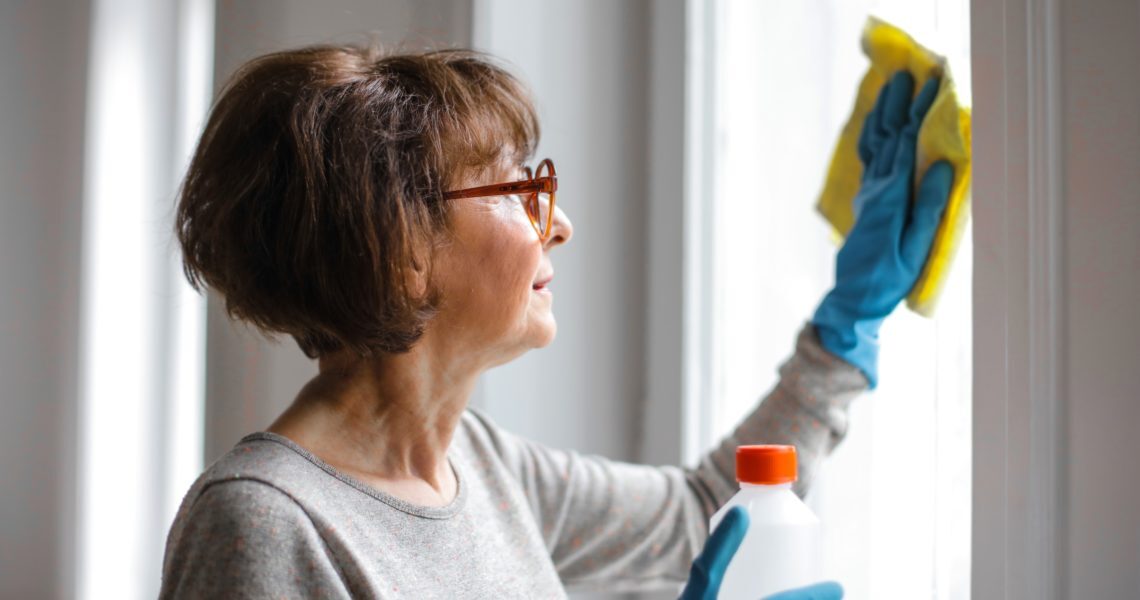6 Safe Surface Disinfection Tips to Fight Coronavirus
The COVID-19 outbreak taught us that hygiene is essential. This includes observing proper personal hygiene like washing your hands and regularly sanitizing, to cleaning and disinfecting your home and workspace.
It is now proven that you can transmit the virus through touching a contaminated surface. But in most cases, COVID-19 is transmitted through respiratory droplets released when an infected person coughs or sneezes, and these respiratory droplets enter another person’s body.
Nonetheless, it is still important to regularly disinfect surfaces to avoid the Coronavirus. Here’s how you can safely do it.
- Learn how long viruses can stay on the surface
The first step is knowing the different pathogens that may be present in the surfaces of your home or in your office, learn how long they stay on surfaces.
How long can Coronavirus live on surfaces? Here’s a table showing just that.
| AIR | 3 Hours |
| COPPER | 4 Hours |
| CARDBOARD | 24 Hours |
| STAINLESS STEEL | 2 – 3 Days (48 – 72 Hours) |
| PLASTIC | 3 Days (72 Hours |
Hard, shiny surfaces such as plastic, stainless steel, benchtops, and likely glass can harbor the Coronavirus which can come from respiratory droplets, for at least 72 hours. However, on absorbent surfaces such as cardboard, paper, fabric and hessian, the Coronavirus quickly weakens and becomes inactive.
- Know which method of Coronavirus disinfection to use
The EPA published a list of accredited disinfectants you can use to disinfect common household surfaces and areas. However, the methods can vary and usually, a professional disinfection company could help.
Most surface disinfection methods involve a no-touch technology, delivered through fogging, steaming, or through a sprayer. A disinfection service provider can enlighten you with the proper methods and the disinfectants to use.
- Clean frequently-touched areas
To prevent COVID-19, regularly cleaning high-touch surfaces is a must. These include door knobs, handrails, faucets, tables, and even chairs.
The first step before disinfecting is cleaning. This means removing any dirt or impurities from the surface with soap and water. Cleaning is a prerequisite to disinfection.
- Disinfect high-touch areas
Disinfecting, on the other hand, kills bacteria and viruses which may be present on surfaces. Once the surface has been cleaned, you can move on to the disinfection process.
Disinfecting is a necessary precaution to take in minimizing your exposure to viruses. Make sure you are using disinfectants correctly by referring to the instruction manual. If you’re disinfecting a large space, it is advised to hire an expert disinfection company who can help you with this task,
- Take Extra Measures
Cleaning and disinfecting surfaces is a temporary solution. When someone in your home is feeling ill, take extra steps in containing the virus in one place. Provide separate bathroom and bedroom for someone who is ill to reduce contamination. When sharing a bathroom with a sick person, regularly cleaning and disinfection is required, especially on surfaces they touch.
- Don’t forget to wash your hands
Still, the best way to combat viruses is to keep yourself protected. Even after you clean and disinfect your home or your office, washing your hands regularly with soap and water can reduce your chances of getting infected significantly.
The World Health Organization has published 5 Ways to Combat the Coronavirus, which everyone should follow.
